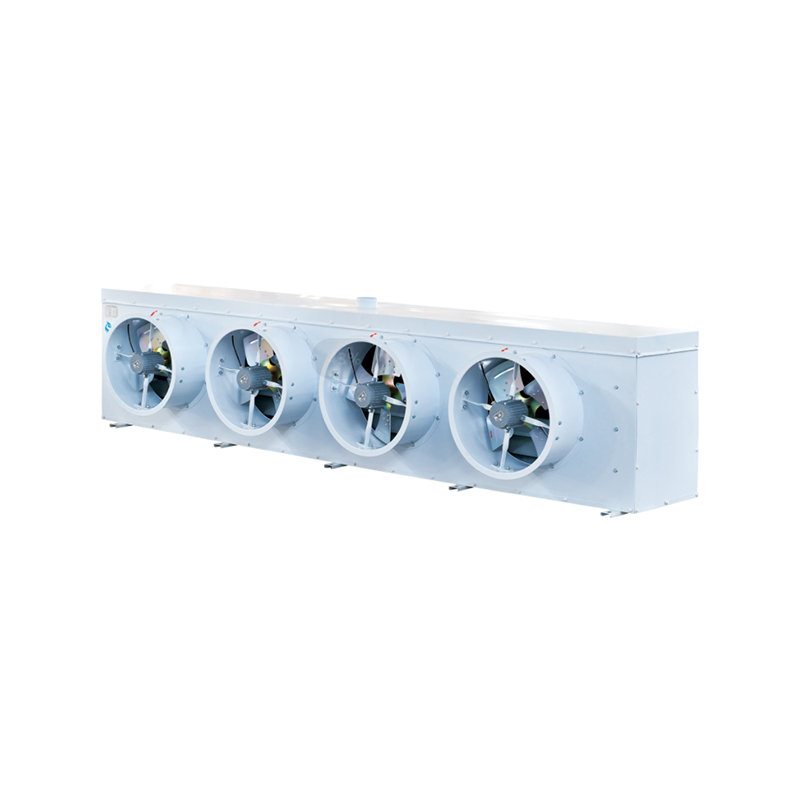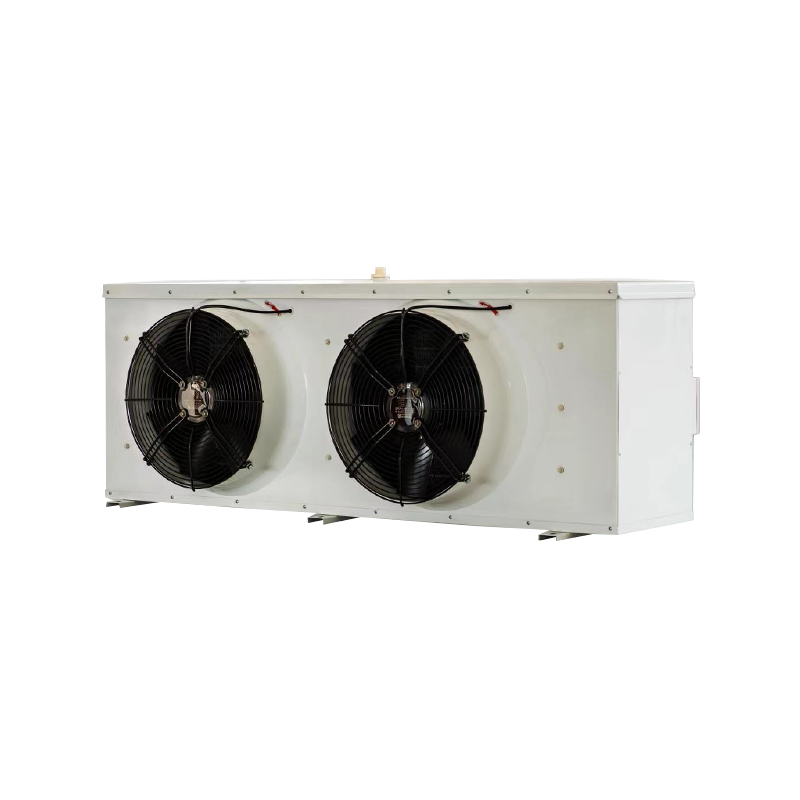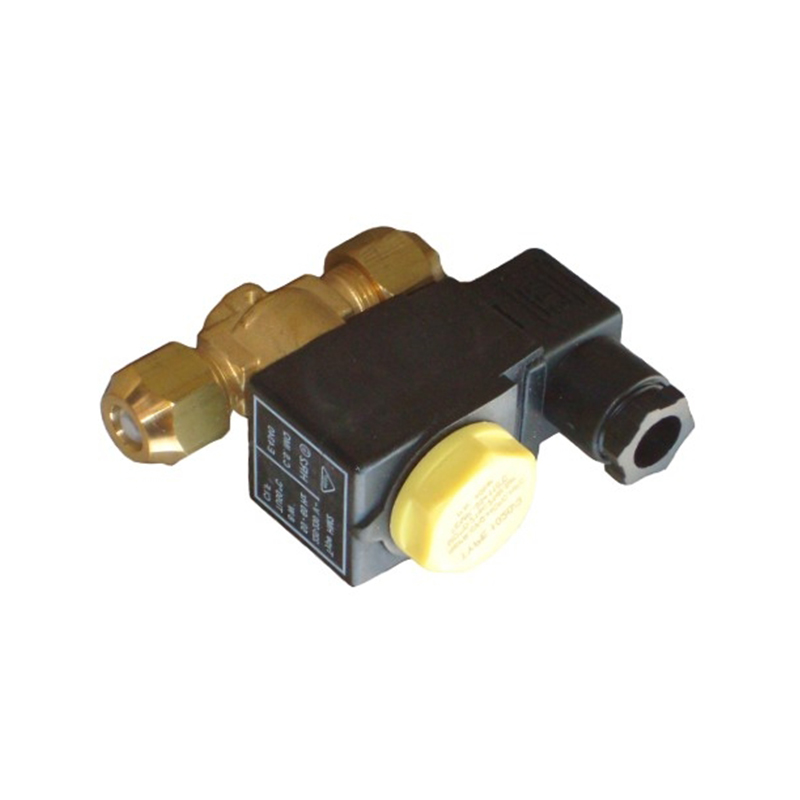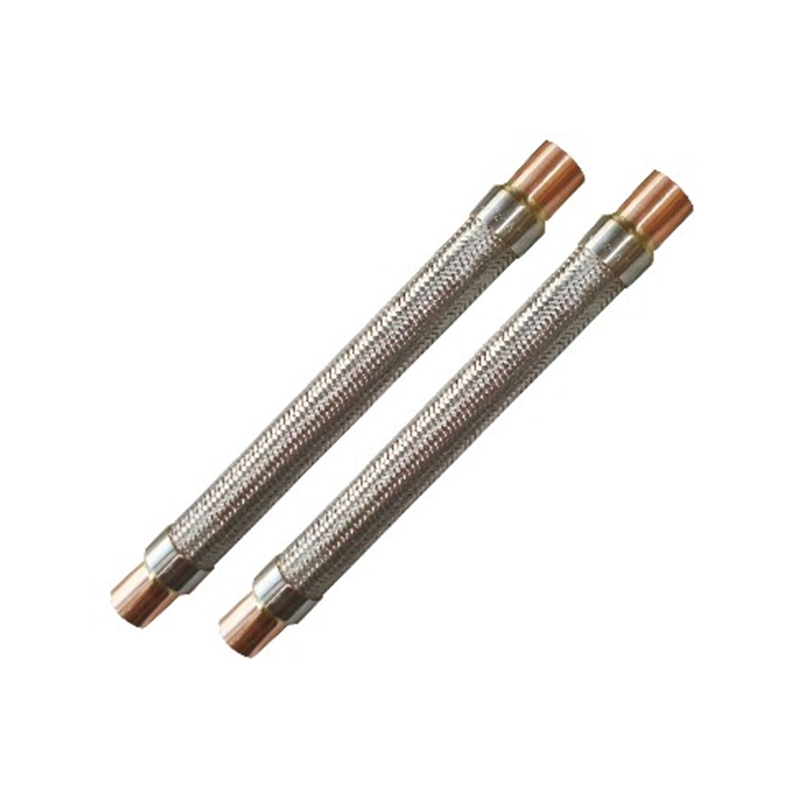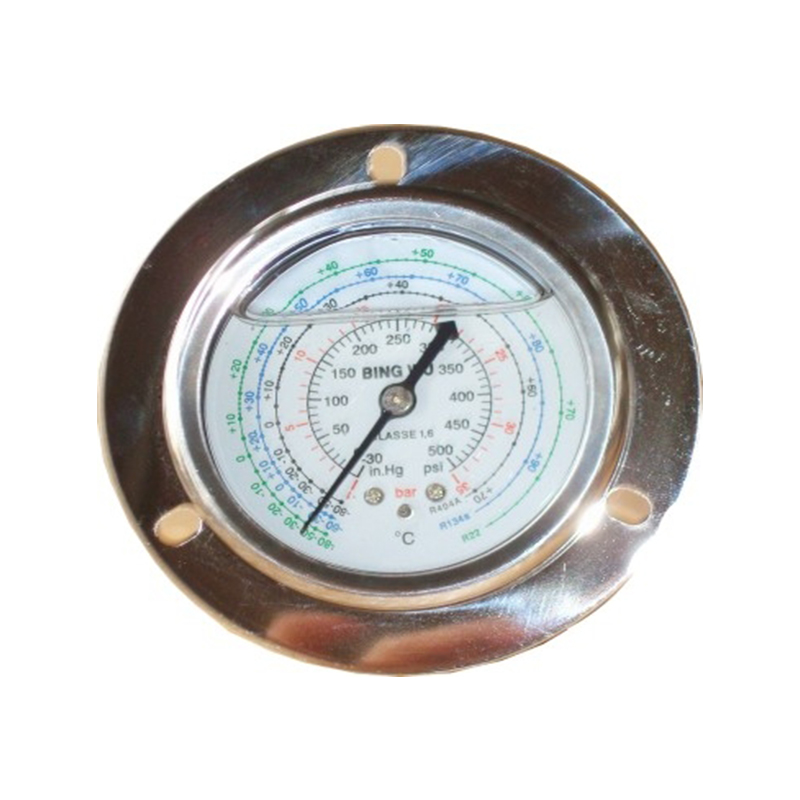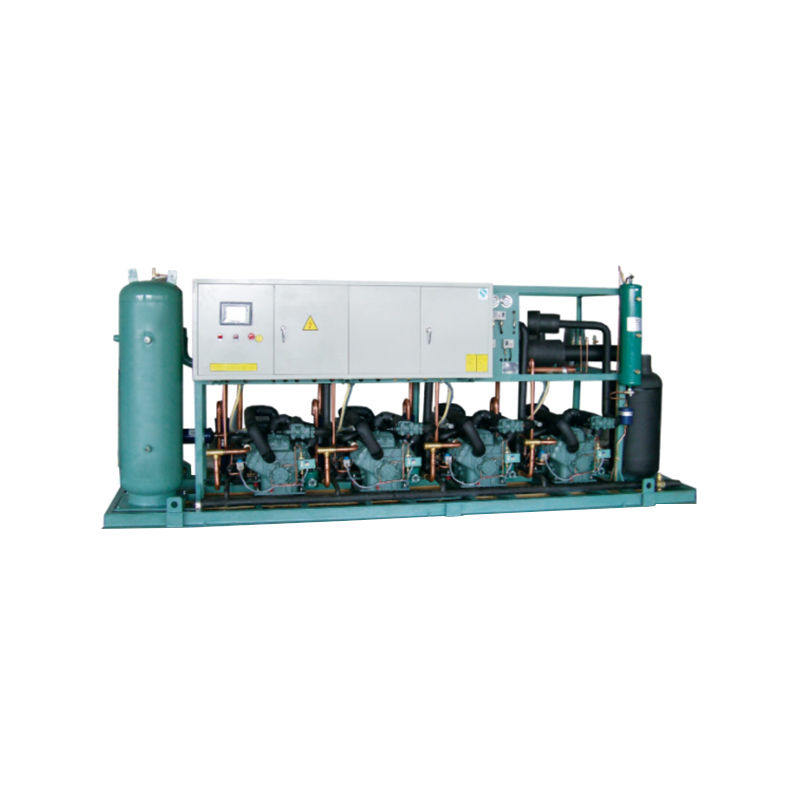The role of the evaporator in an air conditioning system:
1. Achieving heat exchange and completing cooling
The evaporator is a key component of the air conditioning refrigeration cycle. Low-pressure, low-temperature refrigerant evaporates and absorbs heat, lowering the evaporator surface temperature and carrying away heat from the air, achieving a cooling effect.
The refrigerant, after being atomized by the expansion valve and entering the evaporator, undergoes a phase change from liquid to gas, which is the main mechanism for heat absorption. This process directly determines the air conditioning's cooling efficiency.
2. Lowering indoor temperature and improving comfort
Cooled air is blown over the evaporator by a blower, significantly lowering its temperature and creating cool air that is delivered into the room, rapidly reducing the ambient temperature and meeting people's comfort needs.
In different types of air conditioners (residential, commercial, industrial), the design and size of the evaporator directly affect the uniformity and rapid response of indoor temperature.
3. Dehumidifying and improving air quality
During the evaporation process, water vapor in the air is condensed into small water droplets and discharged, reducing relative humidity, preventing indoor dampness and condensation, and improving the comfort of the living or working environment.
The filter inside the evaporator can also capture dust, bacteria, and other particles, playing a preliminary role in air purification and improving indoor air quality.
4. Improved overall system efficiency, energy saving and emission reduction
Through efficient heat exchange, the evaporator reduces the load on the compressor, allowing the air conditioning system to consume less electricity for the same cooling demand, achieving energy-saving effects.
Modern evaporators use new materials and optimized structures, ensuring heat dissipation performance while reducing size and weight, making them compatible with various air conditioning models and improving the overall system reliability and service life.

